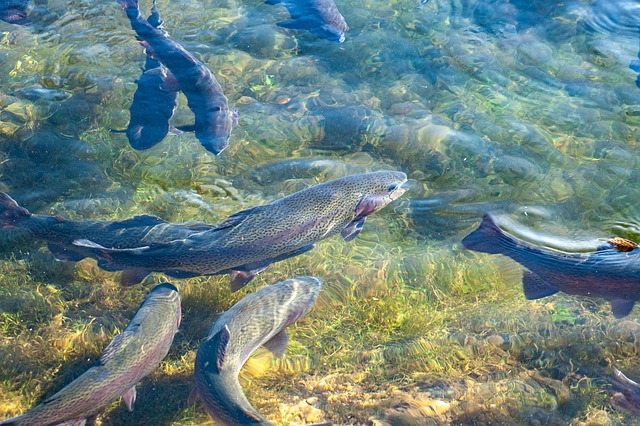Discover the history of Gwadar and its significance in the context of CPEC. Learn about the development opportunities and challenges faced by the residents, highlighting the need for equitable distribution of benefits and sustainable growth in Gwadar.
Gwadar is getting significant recognition under CPEC since 2013. Gwadar was previously under the control of the Oman Sultanate. On 8th December 1958, a very great initiative was taken by the Government of Pakistan. Then Prime Minister Feroz Khan purchased the approximately 620km long coastline of Gwadar from Oman Sultan against Rs. 5.5 billion. It then became part of the Baluchistan, Makran division. It was given the status of District in July 1977. The importance of Gwadar can be observed in its geographical surroundings. Its 60 km long coastline meets the Persian Gulf in the west of Iran. It provides access to China, Central Asia, South Asia and the Middle East. This is the reason Gwadar is named the “Golden Gate” of Pakistan as it can bring forth Pakistan a major share in international trade. It’s also recognized for its “warm waters” and “deep sea port”. That’s why the small-scale and large-scale investment opportunities in Gwadar are very bright since the beginning.
China comprehend its importance and brought a huge investment of 46 billion dollars through CPEC under the covers of Infrastructure (network of motorways, highways and railways), Energy Projects and Special Economic Zones (SEZs). Not only these proposals but logistics, transportation, financial, agricultural and industrial cooperation, medical assistance, educational and vocational training, human resource development, water supply, connectivity, peace and harmony and many other facilities were promised by the Chinese Government to eliminate poverty and enhance living standards in Pakistan. To achieve these goals, CPEC was planned to have three major corridors throughout Pakistan. All three routes are reaching out to Gwadar port from different parts of Pakistan. This shows up the central and major importance of Gwadar under CPEC.
a. 2686 km long Eastern Route joins Khunjrab of KPK and Gwadar of Balochistan passing through Punjab and Sindh, the provinces with heavy industrialisation.
b. 2463 km long Western route is joining Khunjrab of KPK and Gwadar of Balochistan.
c. 1633 km long Central route joining Hakla of KPK to Gwadar of Balochistan.
After this, the Gwadar old-time port was planned to be converted into a metropolitan region. To enhance commercial investment and FDI, Gwadar Port Authority declared Gwadar a special economic zone. It would have accelerated employment and investment opportunities and upgraded the Gwadar District. The reality is that Gwadar has been converted into a major industrial and trade hub. Every local seems to reap the fruits of this gigantic project. Do you think that all the above beautiful explanations would have changed the fate of Gwadar’s fishermen and its surrounding residents?
Now let’s see the other side of the picture. On November 14, 2016, the Gwadar port became officially functional. The local fishermen of Gwadar were delightfully waiting for the moment. They were dreaming about their bright futures and fantasising about their generation’s flourishing. They were first dismissed from their shelters to convert the old-time port into a metropolitan region and were promised to get great opportunities for employment, education, improved residence facilities and handsome livelihood when the port would become functional. But their dreams were shattered. They were heartbroken. What did they observe on the day of the inauguration? The local fishermen were not permitted to enter the port and fish. While Chinese nationals were allowed to fish. All this wasn’t ending up here. The properties in Gwadar and Baluchistan started selling out to Chinese people. The growing population of Chinese in Baluchistan is alarming and is also stressing the residents. The Federation of Pakistan Chamber of Commerce and Industry (FPCCI) has shown its concerns in 2016 that by the year 2048, Chinese nationals would have occupied (purchased) the major parts of Baluchistan, especially Gwadar. The locals show their serious concerns about the demise of their traditional tribal culture because of the intervention of Chinese culture.
Against all these unjust actions and oppressions, the local fishermen and people from surrounding districts protested in a sit-in for 28 days in November and December 2021. Finally, the agreements between the locals and the government were finalized and all the demands were promised to be fulfilled soon. But news updates show no fruitful development in this regard. There is a dire need to develop the human resource of local fishermen and other labour classes. The prosperity outcomes of CPEC should also be shared with them at equal lengths. Otherwise, the sense of oppression will become deeper and will lead to the destabilisation of Baluchistan. These types of situations are also threatening the security of Pakistan. The authorities should consider all these issues on serious grounds so that the “Golden Gate” of Pakistan become a Golden opportunity for its residents too. Otherwise, the heavy amounts of investments, in the name of Infrastructure and Development, will go in vain. Gwadar needs the right projection to reap this boosted development under CPEC.
(Click here to read more about the Gwadar: A Historical Journey and Strategic Significance of Pakistan’s Coastal Gem,











One Comment